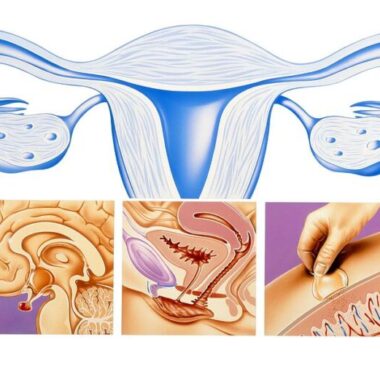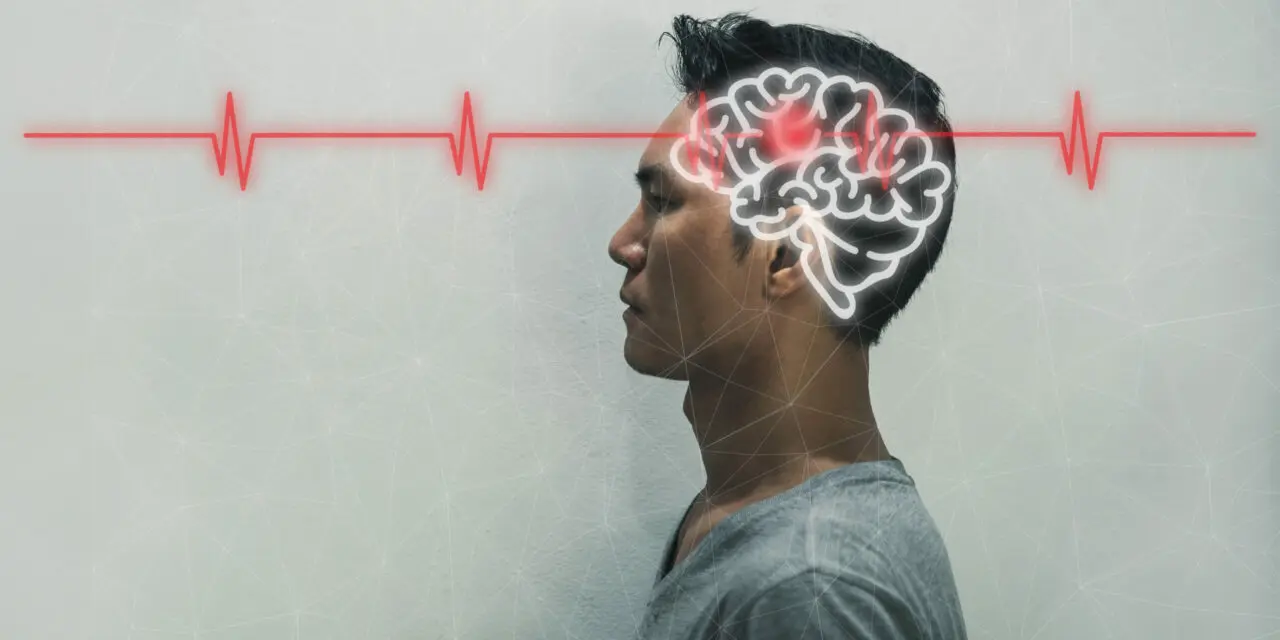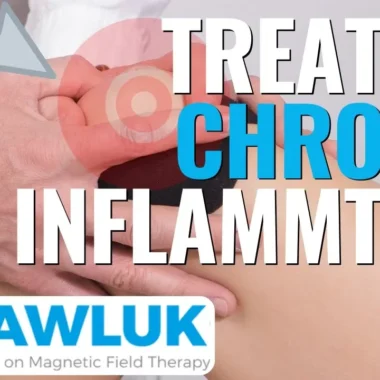Pain Management
Table of Contents

Pain management is one of the most common applications for PEMFs. Current conventional medical approaches to pain management often leave much to be desired. They involve heavy medications, procedures, surgeries, and physical therapy. Rarely will conventional doctors refer patients to alternative modalities. These include acupuncture, massage, or chiropractic therapy, let alone PEMFs. But PEMF therapy for pain should be considered.
Specialists tend to have tunnel vision. You go to a specialist for a problem and that specialist has a single approach to dealing with your problem. I like to refer to these as “parlors”. There are parlors of neurosurgery, orthopedics, pain management, natural medicine, massage, etc. Every doctor has a parlor, a specialty. If you end up in the wrong parlor, your problem may be addressed in the wrong way. It’s not to say that the specialists are not well. However, that they cannot see beyond their own parlor. Only a well-informed consumer can see past the parlors and find out what other options may exist.
Most people find PEMFs at the end of a long search for an answer to their pain. Almost everyone we speak with has tried traditional medical management of their pain before they consider alternative options. It’s only once these traditional options have failed that people do their own research on alternative treatments.
Most doctors don’t tell their patient that the problem will linger and require lifetime management. So this becomes a huge disservice to the patient. They are given false hope that this approach to treatment is going to truly resolve their problem. Yes, people will temporarily feel better and get on with their lives. But then there’s 3 months, 6 months, or a year after the treatment. The problem returns, sometimes with more severity, because the underlying cause was not dealt with.
PEMF THERAPY FOR PAIN
People who have failed to find relief from other modalities will often find relief using PEMFs. Animal studies show that PEMFs reduce the pain receptors in the brain. In some research, PEMFs were found to be equivalent to 10mg of morphine. All of this aside from the natural healing responses PEMFs trigger in the body.
Our ability to relieve pain is variable and unpredictable. It depends on the source of the pain and whether the pain is acute or chronic. Pain mechanisms are complex and have local tissue and central nervous system aspects. Because of all these variables, pain management should be tailored to each person individually. The most effective pain management strategies require multiple concurrent approaches, especially for chronic pain. Rarely will a single approach solve the problem.
Having practiced medicine for more than 40 years, I’ve become very familiar with the different patterns of pain. Chronic pain (especially from arthritis, lumbar stenosis, injury, failed surgeries, etc.) is not expected to be fully cured because the underlying chronic problem doesn’t go away. Because of my years of experience, I resolve to find better, more helpful healing solutions that will work to resolve the underlying causes while at the same time providing safe, effective pain relief.
I frequently recommend magnetic therapies for people in chronic pain (usually before anything else) so that they can avoid complications and side effects, and because PEMFs usually provide a reliable degree of pain relief, through convenient treatments done at home. PEMFs have been proven in numerous studies to affect various aspects of the pain process. In my experience, almost everyone benefits from PEMF therapy and very frequently they can avoid procedures and decrease or avoid the use of medications. I usually recommend relatively high intensity systems to combat pain, as research indicates intensity is the most important component to consider when working with PEMFs for pain management.
Chronic pain is often perpetuated by abnormal, small nerve networks stuck in a rut of constant inflammation. PEMF stimulation (especially with high intensities) quiets down nerves and facilitates recovery from injury and inflammation. Even patients suffering from stubborn or systemic sources of pain have found pain relief using magnetic therapies.
Musculoskeletal disorders make up the vast majority of pain sources commonly treated with PEMFs. These include arthritis, tendinitis, sprains and strains, fractures, post-op pain, osteoporosis, wounds, neuralgias, neuropathies, hip disorders, muscle spasms, spinal cord injury, trauma, burns, neuromas, heel spurs, phantom pain, carpal tunnel syndrome, headaches, tennis elbow, reflex sympathetic dystrophy (RSD – now known as complex regional pain syndrome) and so on.
The tissue inflammation that accompanies the majority of traumatic and chronic injuries is essential to the healing process. But sometimes the body over-responds, and the resulting tissue swelling (edema) causes pain and delays healing. For soft tissue and musculoskeletal injuries and for postsurgical, post-traumatic chronic wounds, edema reduction must take place in order to accelerate healing and reduce associated pain.
PEMFs work to reduce pain by changing the local tissue environment from which the pain starts. Double-blind clinical studies have shown this with chronic wound repair, acute ankle sprains, and whiplash injuries. Similar studies have been done for neck pain.
A number of studies have also been done on the use of PEMFs for back pain. Just over 15% of the entire US population complains of chronic lower back pain. In the back pain studies, findings suggest that it is best to apply PEMFs on a consistent basis over an extended period of time to achieve the best results – and 95% of individuals found relief. Benefit was found for patients suffering from herniated discs, spondylosis, radiculopathy (spinal nerve compression), sciatica, spinal stenosis, and arthritis. People who have tried other modalities and failed to find relief will often find relief from PEMFs. Higher intensity PEMFs are often necessary in the more severe or chronic back pain situations.
In diabetic neuropathy, PEMFs used every day for at least 12 minutes improve pain, paresthesias and vibration sensation, and increased muscular strength in 85% of patients compared to controls.
Post-herpetic neuralgia, which is often medically resistant to treatment and can be extraordinarily debilitating, has been found in research to benefit from PEMF therapy. Some patients respond in as little as 30 days, while others took upwards of 90 days or more to find relief. Often, this situation requires a fairly high intensity PEMF to provide the benefit. Used properly, PEMF therapy was effective in 80% of these individuals. In no cases was the pain made worse. Both local and whole body treatments could be used, although the individuals with local therapy appeared to benefit better, probably because local treatments tend to be of higher intensities.
Patients who suffered from headaches, and failed to respond to acupuncture and other therapies, who applied PEMFs for at least 20 minutes per day had at least a 50% reduction in the frequency or intensity of the headaches and a reduction in dependency on medication. In a somewhat surprising study, it appears that even PEMF therapy away from the head may be able to help migraines. PEMF therapy to the inner thigh, femoral artery area, can decrease headache activity. Short courses of therapy produced only about a 73% result in pain reduction versus a longer course of therapy, providing relief of about 90%.
TREATMENT EXPECTATIONS
It’s easy to apply PEMFs to various parts of the body. Sometimes, the source of the pain can be treated directly (as with wounds, tissue damage, or fractures). Nerve signals conducting pain move from the source of the pain upstream to the brain (from a foot up through the nervous system all the way to the brain, for instance). Treatment can be applied anywhere along this path. Pain may be conducted downstream as well (a hip problem can cause knee pain, for instance.) For this reason, it’s ideal to treat the source of the pain, not necessarily where the pain is felt.
Sometimes the most effective pain management is to not only treat the source of the pain, but also apply treatments at the brain or along the spine. This combination allows for management of both the cause of the pain and at the same time controlling the pain signal traffic to the brain where the pain is ultimately recognized. It’s for this reason that we frequently suggest PEMFs systems that will allow for whole-body and local treatments simultaneously.
Chronic and higher levels of pain do alter EEG signals. An improvement in pain will reverse these EEG changes. Even if the goal of the treatment is simply to reduce the pain level without an expectation for reducing or eliminating the cause, research shows that applying PEMFs to the brain can cause a significant decrease in pain related changes in an EEG.
Some patients get complete pain relief after only a few treatments. Sometimes it can take up to 3 hours after treatment to achieve maximum pain relief. In rare cases, short courses of treatment can produce complete or partial pain relief for upwards of 4 months after treatment. Most people experience pain relief lasting for between 8 and 72 hours. This suggests that PEMFs stimulate increased energy in the tissues, which allows the body to fulfill its healing process. Treatments should be continued until the pain is under control, and ideally should continue beyond pain relief to ensure the injury has fully healed.
Unfortunately, the longer a person waits to start treatment with PEMFs, the more challenging it is to remove the cause, which is the primary objective of using PEMF therapies. When we use PEMF therapies we are attempting to heal the tissues that are the source of the pain signal. How long it takes to achieve this depends on the tissue and the level of damage. This is the most important aspect of use of PEMFs, that is, healing the tissue, not just “numbing and dumbing” the perception of pain.
It is also important to understand expectations in pain management. Even in the best hands, pain reduction follows a spectrum from complete elimination very rapidly to gradual reduction over extended periods of time, as the body heals itself. In many patients even a 25-30% reduction in pain is gratifying. It is not infrequent that we can actually achieve even higher levels of pain reduction.
HEAD OVER TO OUR PRODUCTS PAGE TO SEE A WIDE VARIETY OF PEMF SYSTEMS, AND SCHEDULE A CONSULTATION IF YOU NEED HELP PICKING THE RIGHT UNIT FOR YOU.










